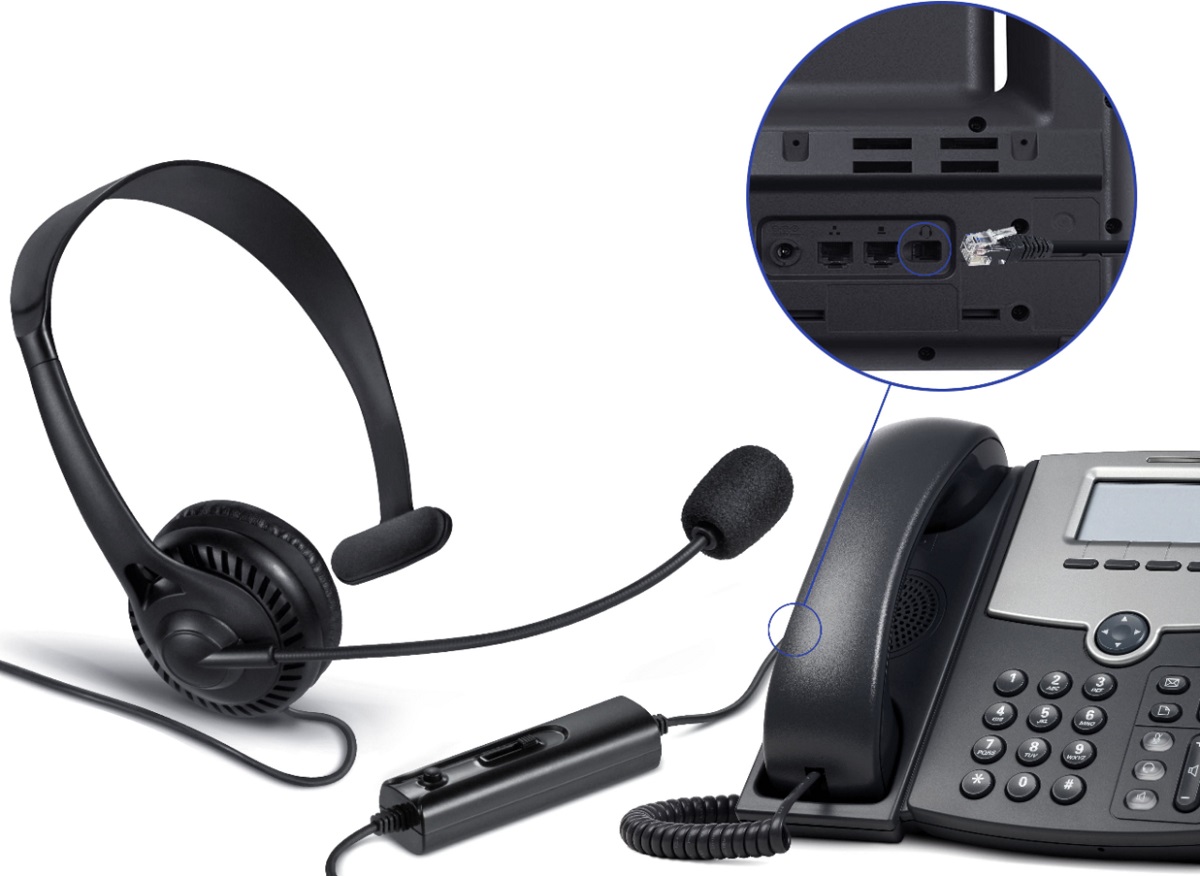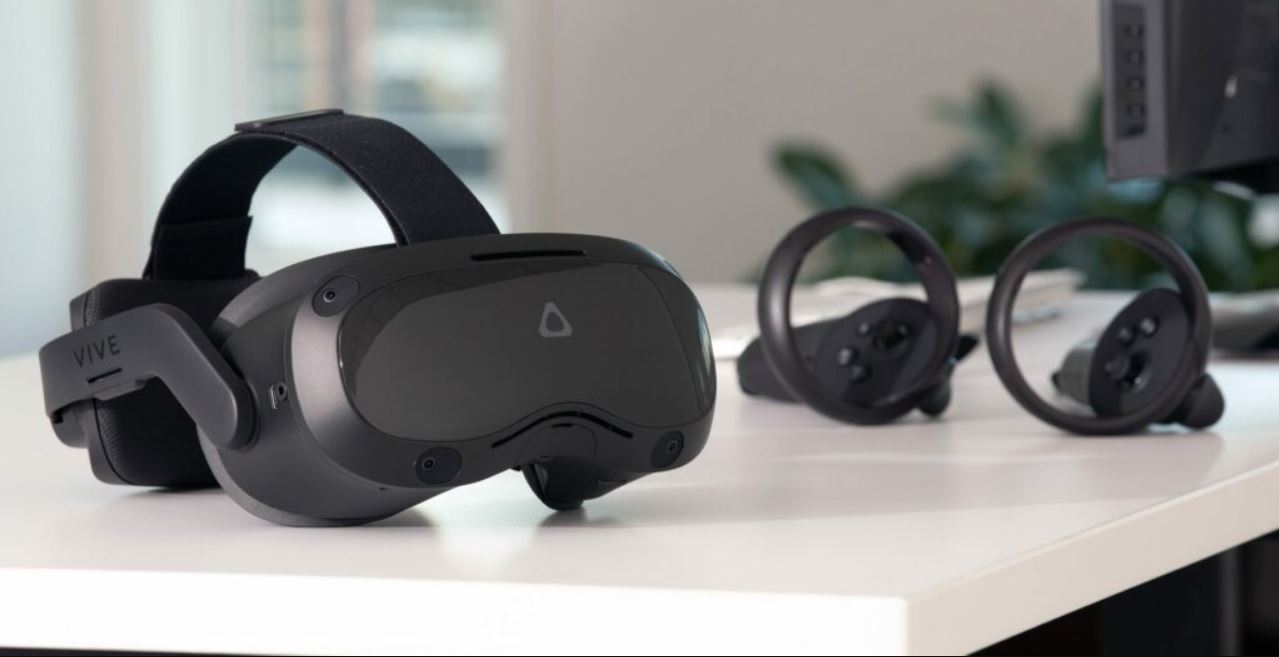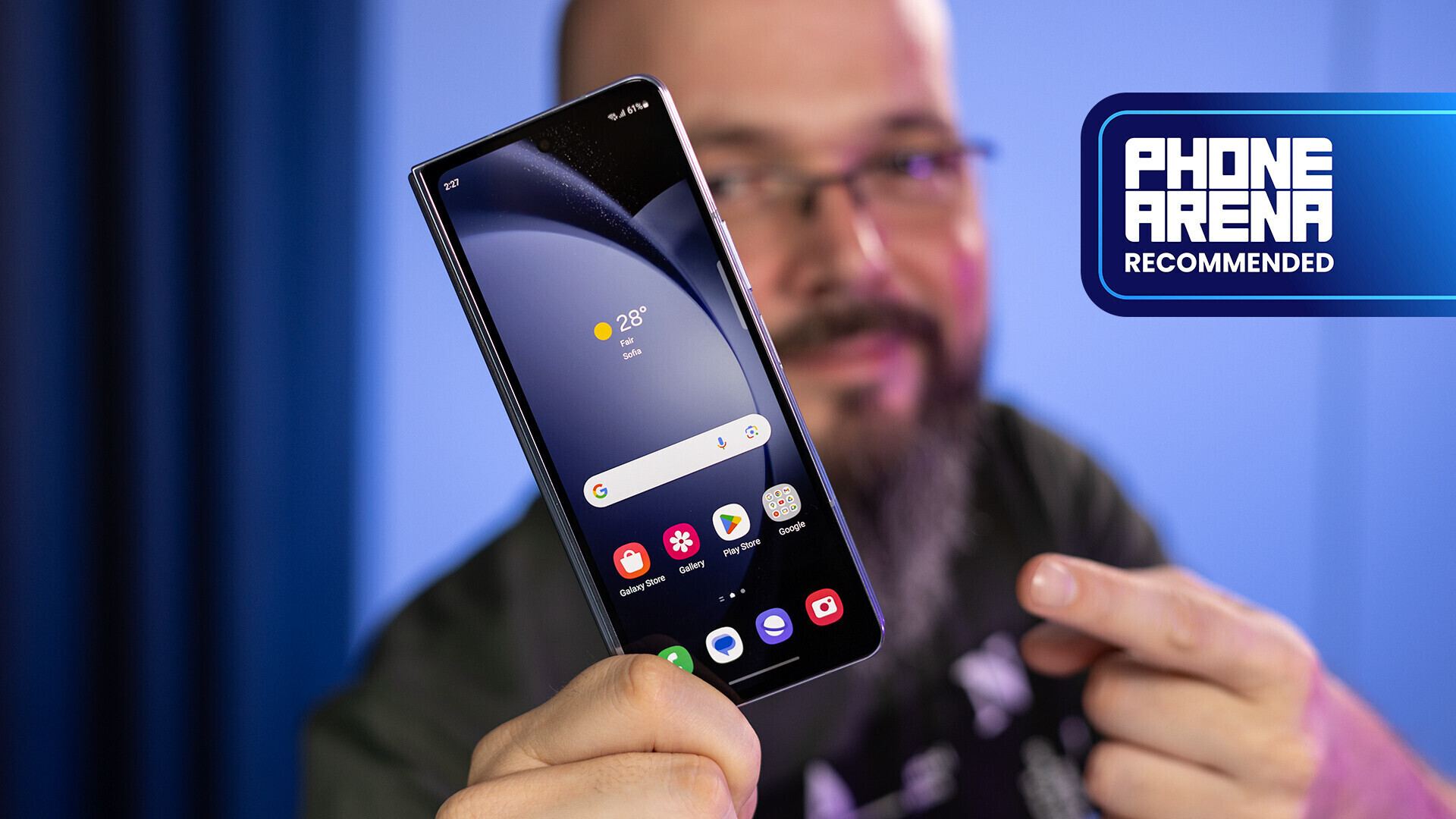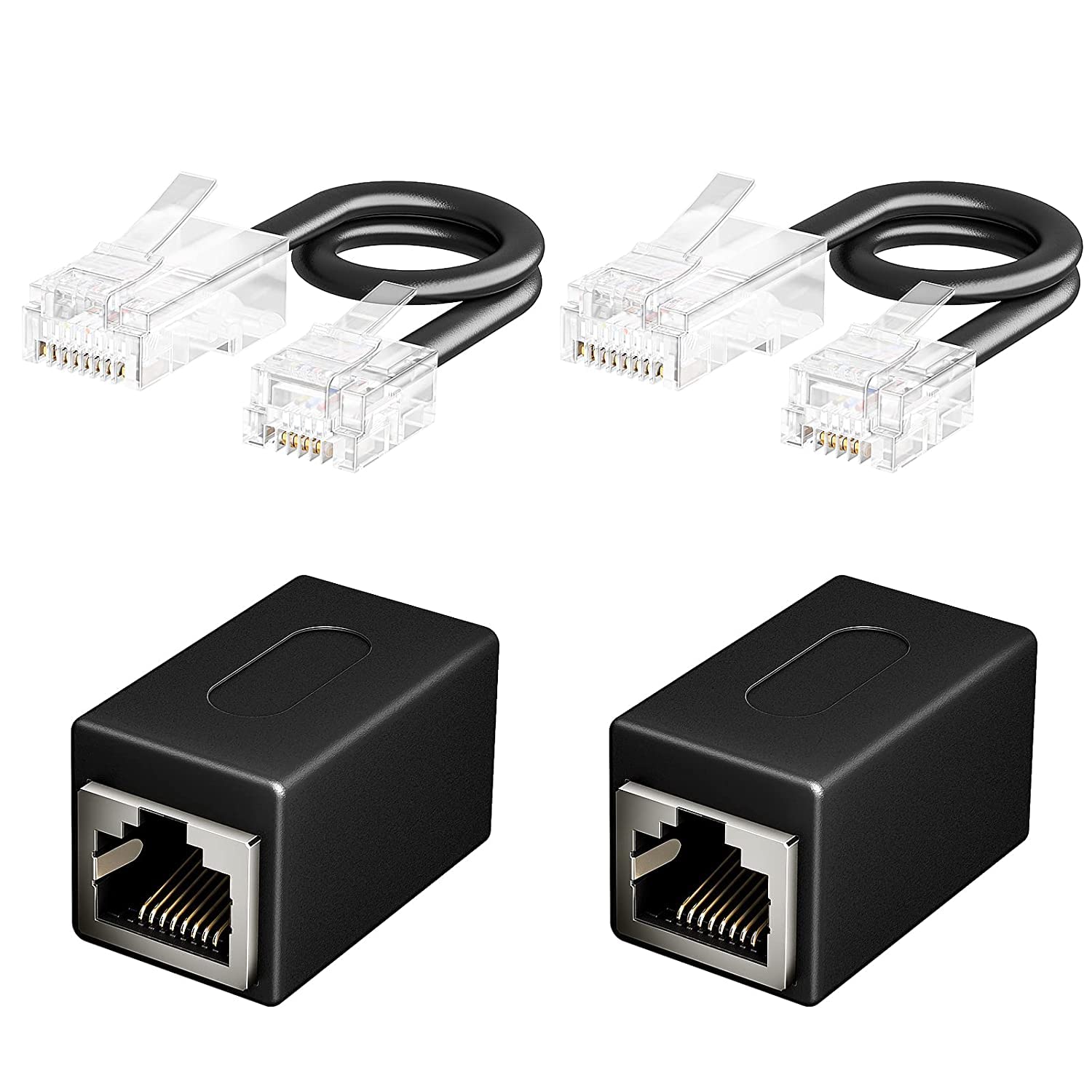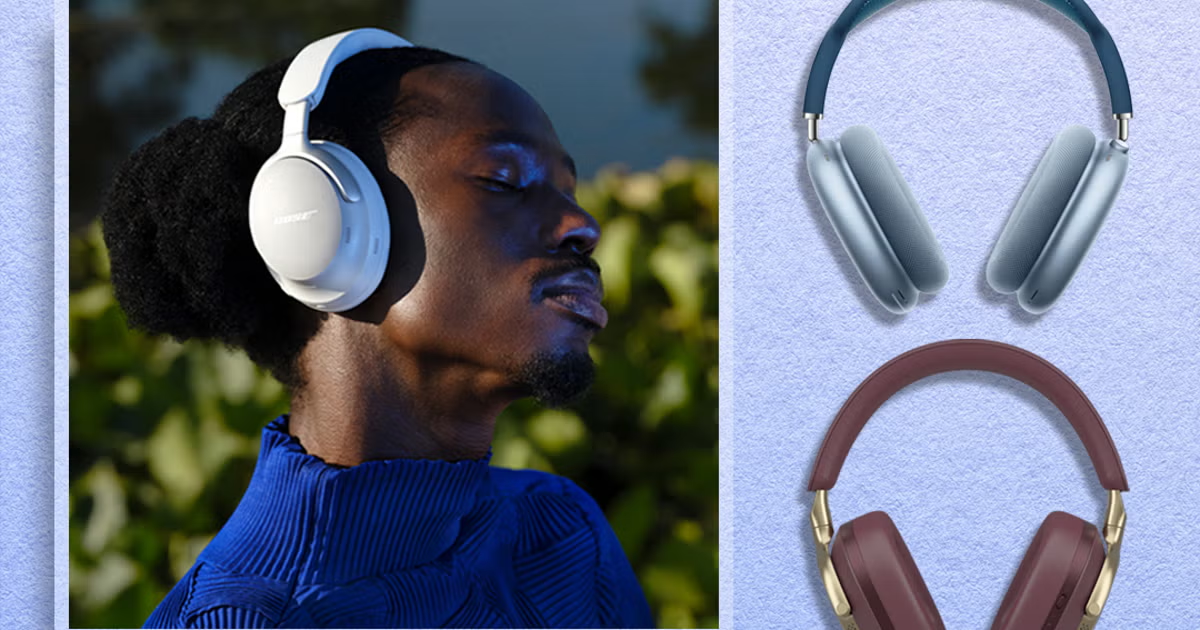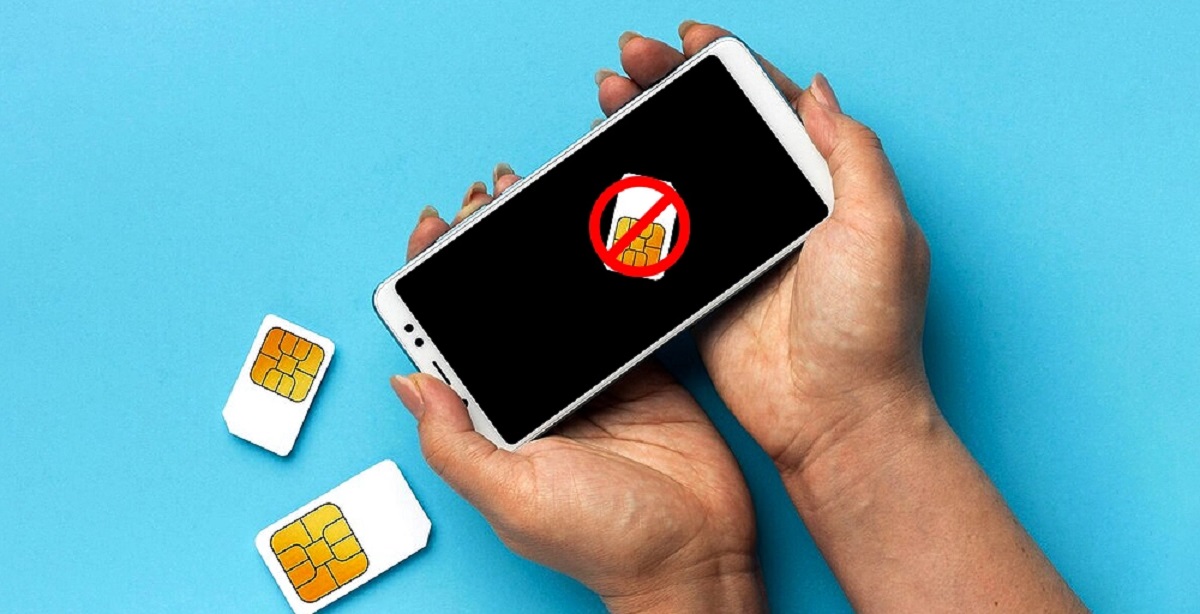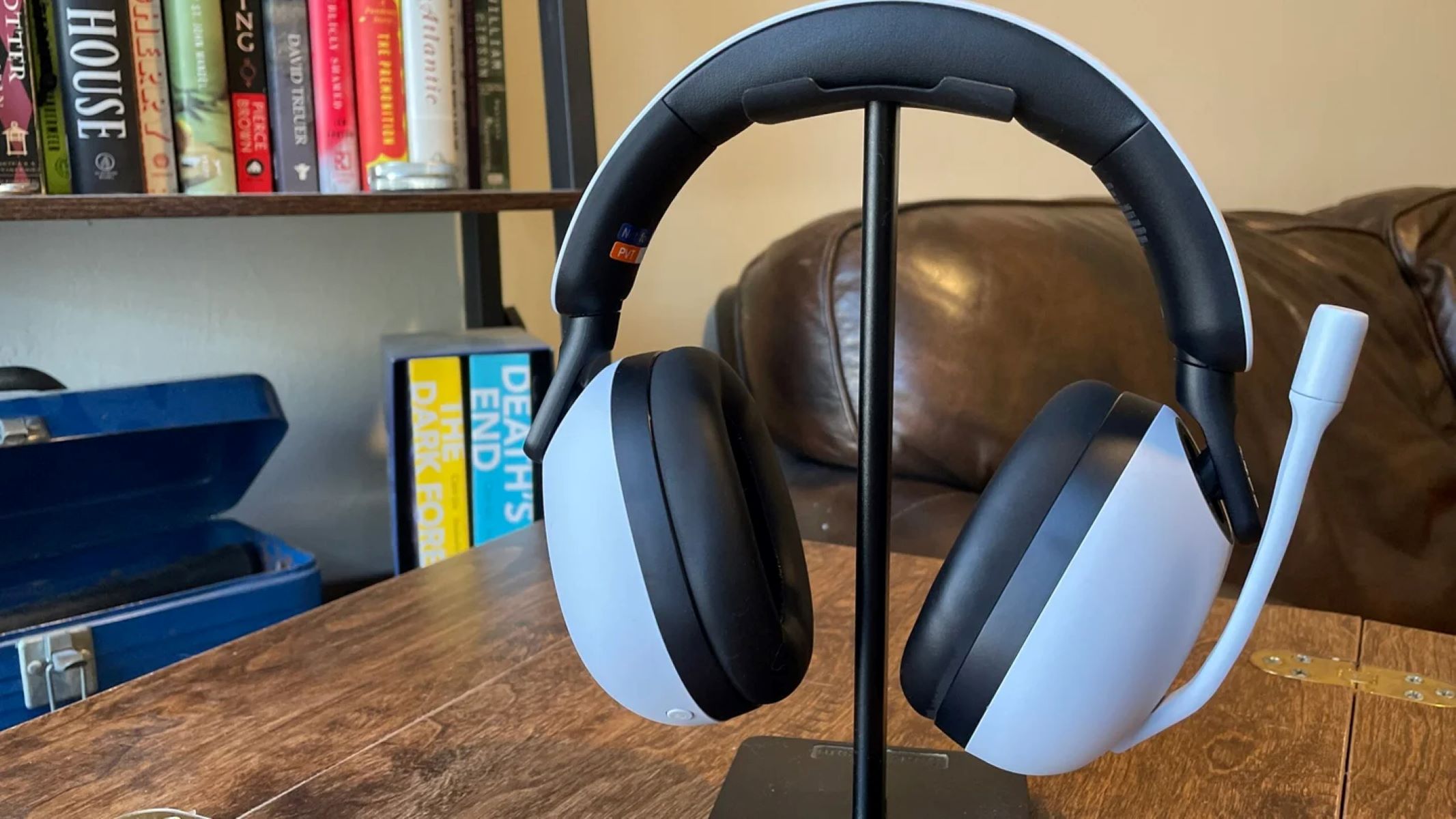Introduction
In today's fast-paced world, communication is key, and having the right tools to facilitate seamless interaction is essential. When it comes to landline phones, many individuals and businesses rely on headsets to maximize comfort and productivity during calls. However, ensuring that your headset is compatible with your landline phone is crucial for a hassle-free experience.
In this comprehensive guide, we will delve into the intricacies of landline compatibility and provide valuable insights into connecting your headset to a landline phone. Whether you're a professional seeking to optimize your work environment or a consumer looking to enhance your communication setup at home, understanding the nuances of headset compatibility will empower you to make informed decisions and overcome potential challenges.
By exploring the various types of headset connections, navigating the process of connecting your headset to a landline phone, and troubleshooting common issues that may arise, you will gain a deeper understanding of how to seamlessly integrate your headset with your landline phone. Let's embark on this enlightening journey to unlock the full potential of your communication setup and elevate your calling experience.
Understanding Landline Compatibility
Landline compatibility refers to the ability of a headset to seamlessly integrate with a landline phone system, ensuring that both devices work harmoniously to deliver clear, uninterrupted communication. When exploring landline compatibility, it's essential to consider the technical aspects and connectivity requirements to ensure a smooth and efficient user experience.
One of the primary considerations for landline compatibility is the connection interface of the headset. Traditional landline phones often feature a standard RJ9 or RJ11 headset jack, which requires a compatible headset with the corresponding connector. Understanding the specific connector type of your landline phone is crucial in determining the compatibility of your chosen headset.
Moreover, compatibility extends beyond physical connections to encompass technical requirements such as impedance and amplification. Impedance matching is a critical factor in ensuring optimal audio quality and volume levels when using a headset with a landline phone. Additionally, some landline phones may require a headset amplifier to boost the audio signal, especially in environments with high background noise.
Furthermore, compatibility considerations also extend to the functionality of the headset, such as call control features. Certain landline phones support advanced call control functions, including call answer/end, mute, and volume adjustment directly from the headset. Ensuring that your headset is compatible with the call control capabilities of your landline phone can significantly enhance convenience and productivity during calls.
In addition to technical aspects, compatibility may also involve compatibility with specific landline phone models or brands. While most headsets are designed to be universally compatible with standard landline phone configurations, it's prudent to verify compatibility with your specific landline phone model to avoid potential issues.
Understanding landline compatibility empowers users to make informed decisions when selecting a headset for their landline phone, ensuring seamless integration and optimal performance. By considering the connection interface, technical requirements, call control features, and specific phone compatibility, individuals and businesses can leverage the full potential of their communication setup, enhancing productivity and user experience.
Types of Headset Connections
When it comes to connecting headsets to landline phones, understanding the various types of headset connections is essential for ensuring compatibility and seamless integration. Different headset connections cater to diverse technical requirements and interface with landline phones in distinct ways. By familiarizing yourself with the following types of headset connections, you can make informed decisions and select the most suitable option for your specific communication setup:
-
RJ9 and RJ11 Connections:
- RJ9 and RJ11 connectors are commonly used in traditional landline phones to facilitate headset connectivity. These connectors feature a standard modular jack that allows for a secure and reliable connection between the headset and the phone. It's crucial to identify whether your landline phone is equipped with an RJ9 or RJ11 headset jack to ensure compatibility with the corresponding headset connector.
-
USB Connections:
- USB headsets offer a convenient and versatile connectivity option for landline phones that support USB audio input. By utilizing a USB connection, these headsets can directly interface with the USB port of the landline phone, providing a digital audio interface for high-quality sound transmission. USB headsets often feature integrated sound cards, offering enhanced audio processing capabilities and compatibility with a wide range of landline phones.
-
Wireless Connections:
- Wireless headsets, such as those utilizing DECT or Bluetooth technology, provide a cordless and flexible solution for connecting to landline phones. DECT (Digital Enhanced Cordless Telecommunications) headsets offer reliable long-range connectivity, making them suitable for professional environments where mobility is essential. Bluetooth headsets, on the other hand, enable seamless connectivity with Bluetooth-enabled landline phones, offering the freedom to move around during calls without being tethered by cables.
-
Amplifier-Dependent Connections:
- Some headsets require a dedicated amplifier to interface with landline phones, especially in scenarios where the phone's audio output may not be sufficient to drive the headset's speakers. These amplifier-dependent connections ensure proper audio amplification and impedance matching, optimizing the headset's performance and audio quality during calls.
Understanding the distinct characteristics and compatibility considerations of each type of headset connection empowers users to select the most suitable option for their specific landline phone setup. Whether opting for a traditional RJ9/RJ11 connection, leveraging the convenience of USB connectivity, embracing the freedom of wireless technology, or integrating an amplifier-dependent solution, choosing the right headset connection type is pivotal in achieving a seamless and optimized communication experience.
Connecting Your Headset to a Landline Phone
Connecting your headset to a landline phone involves a series of straightforward yet essential steps to ensure seamless integration and optimal functionality. Whether you are utilizing a wired headset with a traditional RJ9/RJ11 connector, a USB headset, a wireless headset, or an amplifier-dependent solution, the process of connecting your headset to a landline phone remains consistent in its fundamental principles. By following these steps, you can effectively bridge your headset with your landline phone, unlocking the convenience and efficiency of hands-free communication.
-
Identify the Headset Connector Type: Begin by identifying the specific connector type of your headset and ensuring its compatibility with your landline phone. If you are using a wired headset, verify whether it features an RJ9, RJ11, or USB connector, while wireless headsets may require pairing with the landline phone using Bluetooth or DECT technology.
-
Locate the Headset Port on the Landline Phone: Most landline phones equipped with headset compatibility feature a designated headset port, typically located on the side or rear panel of the phone. Identify the headset port and ensure that it corresponds to the connector type of your headset.
-
Secure the Connection: Once the headset port is located, proceed to insert the headset connector into the port, ensuring a secure and snug fit. For RJ9/RJ11 connectors, align the modular jack with the headset port and gently push it in until it clicks into place. USB headsets can be directly connected to the USB port of the landline phone, while wireless headsets may require following specific pairing procedures as per the manufacturer's instructions.
-
Verify Audio Output: After establishing the physical connection, verify the audio output by making a test call or engaging in a brief conversation. Ensure that the audio is transmitted and received clearly through the headset, confirming that the connection is functioning as intended.
-
Adjust Call Control Settings (If Applicable): If your headset supports call control functions such as call answer/end, mute, or volume adjustment, familiarize yourself with the specific controls and verify their compatibility with your landline phone. Some landline phones may require additional configuration to enable full compatibility with advanced call control features.
By meticulously following these steps, you can successfully connect your headset to your landline phone, harnessing the benefits of hands-free communication and personalized audio settings. Whether you prefer the reliability of a wired connection, the convenience of USB connectivity, the freedom of wireless communication, or the enhanced audio capabilities of an amplifier-dependent solution, ensuring a seamless connection empowers you to elevate your calling experience and streamline your communication workflow.
Troubleshooting Common Issues
Even with careful consideration and implementation of the connection process, users may encounter common issues when connecting headsets to landline phones. These issues can range from audio quality discrepancies to compatibility challenges. However, by understanding and addressing these common problems, users can effectively troubleshoot and optimize their headset and landline phone setup.
Audio Quality and Volume Discrepancies
One of the most prevalent issues users may encounter is audio quality discrepancies or volume irregularities when using a headset with a landline phone. This can manifest as low audio output, distorted sound, or inconsistent volume levels. To address this, users should first check the headset's connection to the landline phone, ensuring that the connector is securely inserted into the designated headset port. Additionally, verifying the compatibility of the headset's impedance with the phone's audio output can help mitigate audio quality discrepancies. If the issue persists, utilizing a headset amplifier to boost the audio signal may provide a viable solution, especially in environments with high ambient noise levels.
Call Control Functionality
Another common issue pertains to the compatibility of call control functions, such as call answer/end, mute, and volume adjustment, between the headset and the landline phone. If users encounter challenges in utilizing these call control features, it is advisable to review the headset's user manual and the phone's compatibility specifications. Certain landline phones may require specific settings or configurations to enable seamless integration with advanced call control functions. Additionally, ensuring that the headset's call control features are supported by the landline phone model can help alleviate compatibility issues.
Compatibility Verification
In some instances, users may face compatibility challenges when connecting a specific headset model to a particular landline phone. To troubleshoot this issue, users should verify the compatibility of the headset with the landline phone by consulting the manufacturer's compatibility guidelines or contacting customer support for assistance. It is essential to confirm that the headset is explicitly designed to interface with the specific make and model of the landline phone to ensure optimal compatibility and functionality.
By addressing these common issues through systematic troubleshooting and adherence to compatibility guidelines, users can overcome potential challenges and optimize the integration of their headset with their landline phone. Additionally, seeking support from the headset manufacturer or the landline phone provider can offer valuable insights and guidance in resolving compatibility and functionality issues, ultimately enhancing the overall communication experience.
Conclusion
In conclusion, ensuring the compatibility and seamless integration of headsets with landline phones is paramount for individuals and businesses seeking to optimize their communication setup. By understanding the technical nuances of landline compatibility, exploring the diverse types of headset connections, and navigating the process of connecting headsets to landline phones, users can harness the full potential of hands-free communication and elevate their calling experience.
The intricacies of landline compatibility extend beyond physical connections to encompass impedance matching, call control functionality, and specific phone model compatibility. These considerations empower users to make informed decisions when selecting headsets, ensuring that the chosen device aligns with the technical requirements and interface seamlessly with their landline phone.
The diverse types of headset connections, including RJ9/RJ11, USB, wireless, and amplifier-dependent options, offer versatile solutions to cater to various connectivity preferences and technical specifications. Whether opting for the reliability of a wired connection, the convenience of USB connectivity, the freedom of wireless technology, or the enhanced audio capabilities of an amplifier-dependent solution, users can tailor their headset connection to suit their specific communication needs.
The process of connecting headsets to landline phones involves a series of straightforward steps, from identifying the connector type to verifying audio output and adjusting call control settings. By following these steps, users can ensure a secure and functional connection, enabling them to leverage the benefits of hands-free communication and personalized audio settings.
Furthermore, addressing common issues such as audio quality discrepancies, call control functionality challenges, and compatibility verification allows users to troubleshoot potential hurdles and optimize the integration of their headset with their landline phone. Seeking support from manufacturers and providers can offer valuable guidance in resolving compatibility and functionality issues, ultimately enhancing the overall communication experience.
In essence, by embracing the principles of landline compatibility, understanding the diverse headset connections, and navigating the process of connecting headsets to landline phones, users can unlock the full potential of their communication setup. This empowers individuals and businesses to streamline their communication workflow, enhance productivity, and elevate their calling experience, ultimately fostering seamless and efficient interactions in both professional and personal contexts.







